The allure of nickel silver darts lies in their affordability and classic aesthetic, offering a balance between brass and tungsten options, making them a popular choice, particularly for beginners. This article delves into the Nickel Silver Darts History, exploring their evolution, advantages, disadvantages, and position within the world of darts.
⚠️ Still Using Pen & Paper (or a Chalkboard)?! ⚠️
Step into the future! The Dart Counter App handles all the scoring, suggests checkouts, and tracks your stats automatically. It's easier than you think!
Try the Smart Dart Counter App FREE!Ready for an upgrade? Click above!
Exploring Nickel Silver Darts History and Their Composition
Understanding the composition is vital to appreciating the Nickel Silver Darts History. Nickel silver, also known as German silver or alpacca, isn’t actually silver at all. It’s an alloy primarily composed of copper, nickel, and zinc. The absence of silver makes it much more affordable than sterling silver, while the inclusion of nickel provides a silvery appearance and improved corrosion resistance compared to pure copper or brass. This affordability made it a widely accessible material for dart manufacturing.
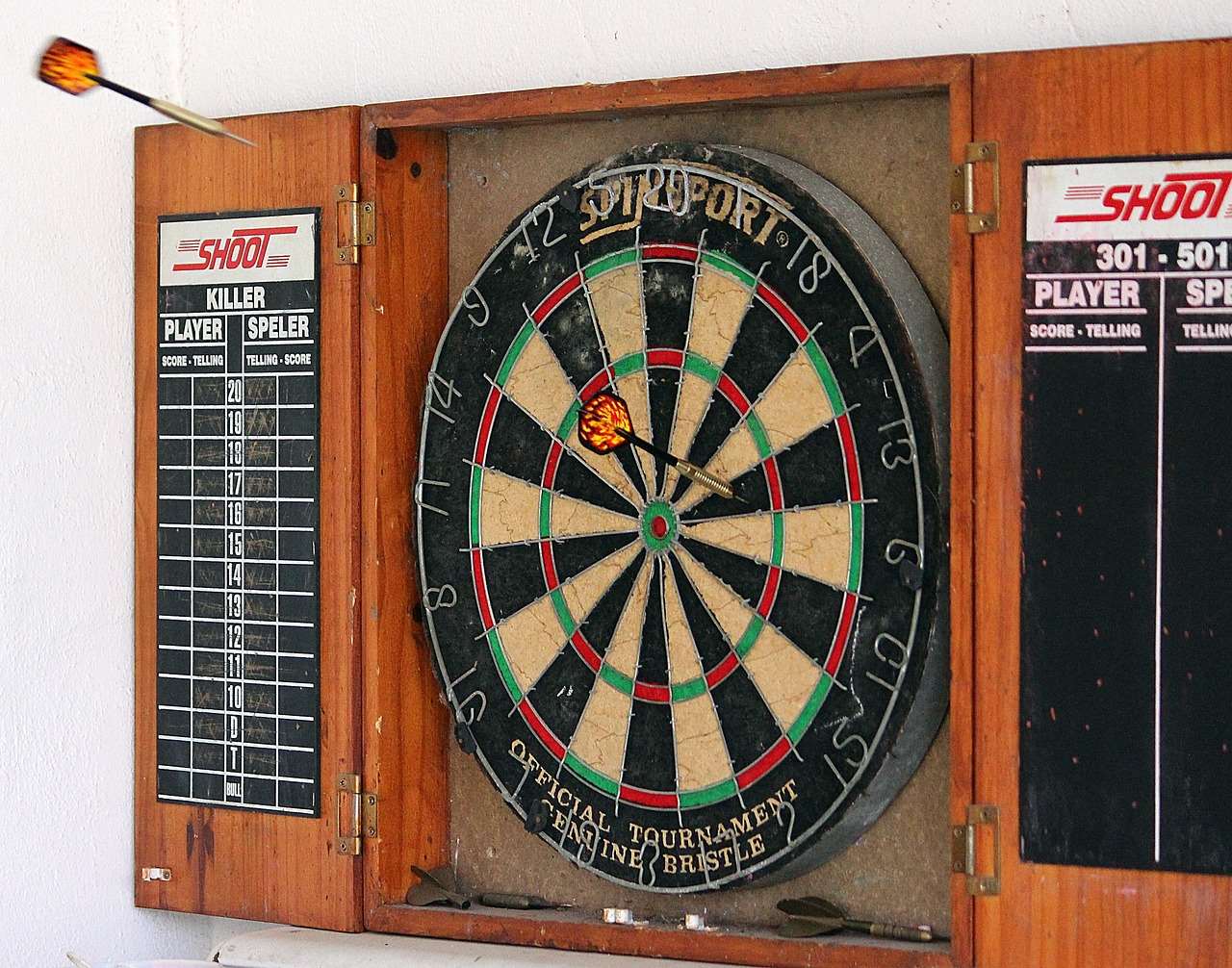
In the early days of dart manufacturing, materials were limited, and brass was the dominant choice. However, nickel silver offered a welcome alternative. While not as dense as tungsten, which came later, it provided a step up from brass in terms of durability and aesthetic appeal. The history of nickel silver darts is intertwined with the popularization of darts as a recreational sport. As darts became more widespread, the demand for affordable yet presentable darts grew, and nickel silver fit the bill perfectly.
The Rise and Continued Relevance of Nickel Silver Darts
The peak popularity of nickel silver darts coincided with the growth of darts as a pub game and competitive sport in the mid-20th century. During this period, they were a common sight in pubs and clubs worldwide. While tungsten darts have since become the gold standard for serious players, nickel silver darts haven’t disappeared. They remain a popular choice for casual players, beginners, and those on a budget. You might want to check the Cheap Dart Materials Buying Guide for more information.
Several factors contribute to their continued relevance:
- Affordability: They are significantly cheaper than tungsten darts.
- Durability: They are more durable than brass darts.
- Aesthetics: The silvery appearance is visually appealing.
- Availability: They are readily available in a wide range of styles and weights.
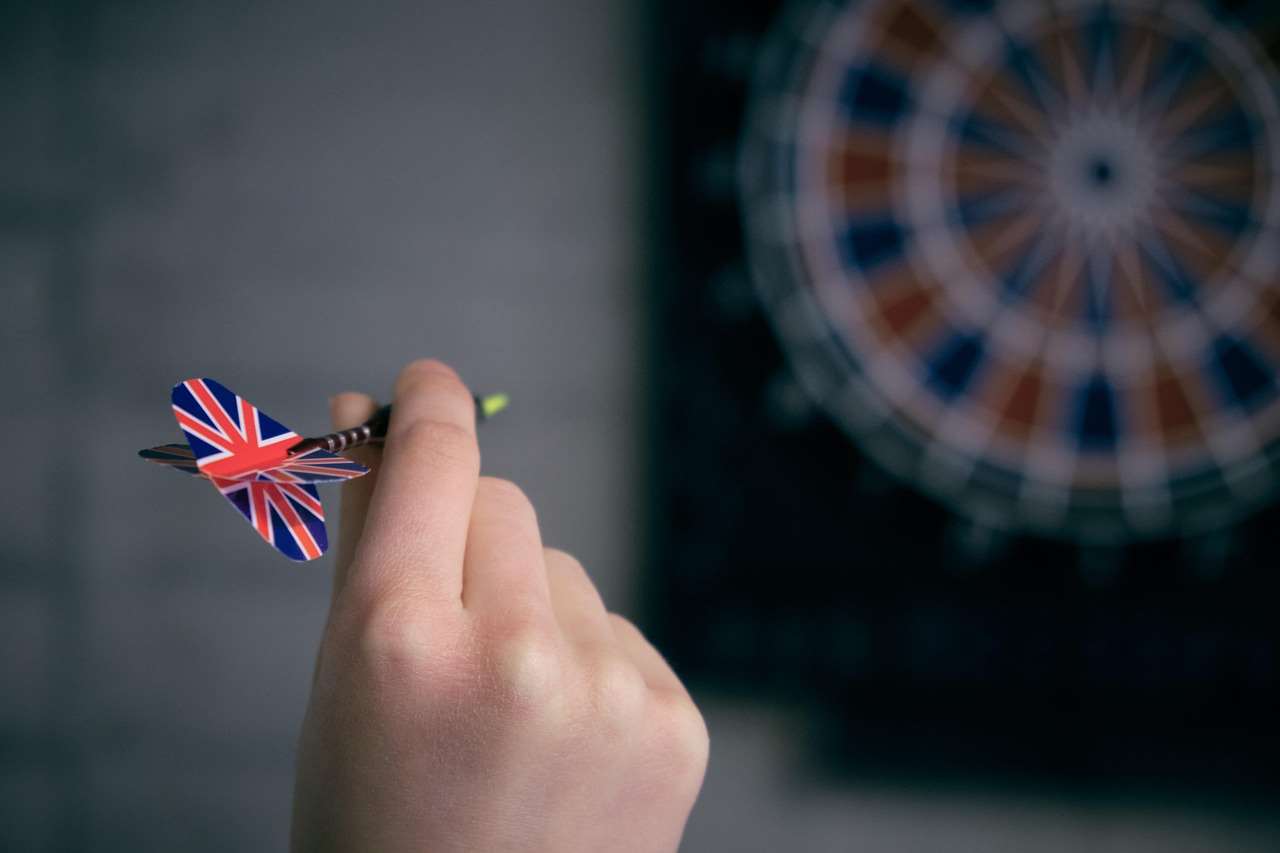
Advantages and Disadvantages: Weighing the Pros and Cons
Like any dart material, nickel silver has its own set of advantages and disadvantages. Understanding these can help you determine if nickel silver darts are the right choice for you. Let’s delve into the details, remember to Choose Best Dart Equipment depending on your particular needs.
Advantages of Nickel Silver Darts
- Cost-Effectiveness: As mentioned earlier, affordability is a major selling point. If you’re just starting out or looking for a budget-friendly option, nickel silver darts are a great choice.
- Reasonable Durability: They are more resistant to bending and breaking than brass darts.
- Good Grip: Nickel silver can be easily machined to create various grip patterns, offering a comfortable and secure hold.
- Attractive Appearance: The silvery finish is visually appealing and gives them a more professional look than brass darts.
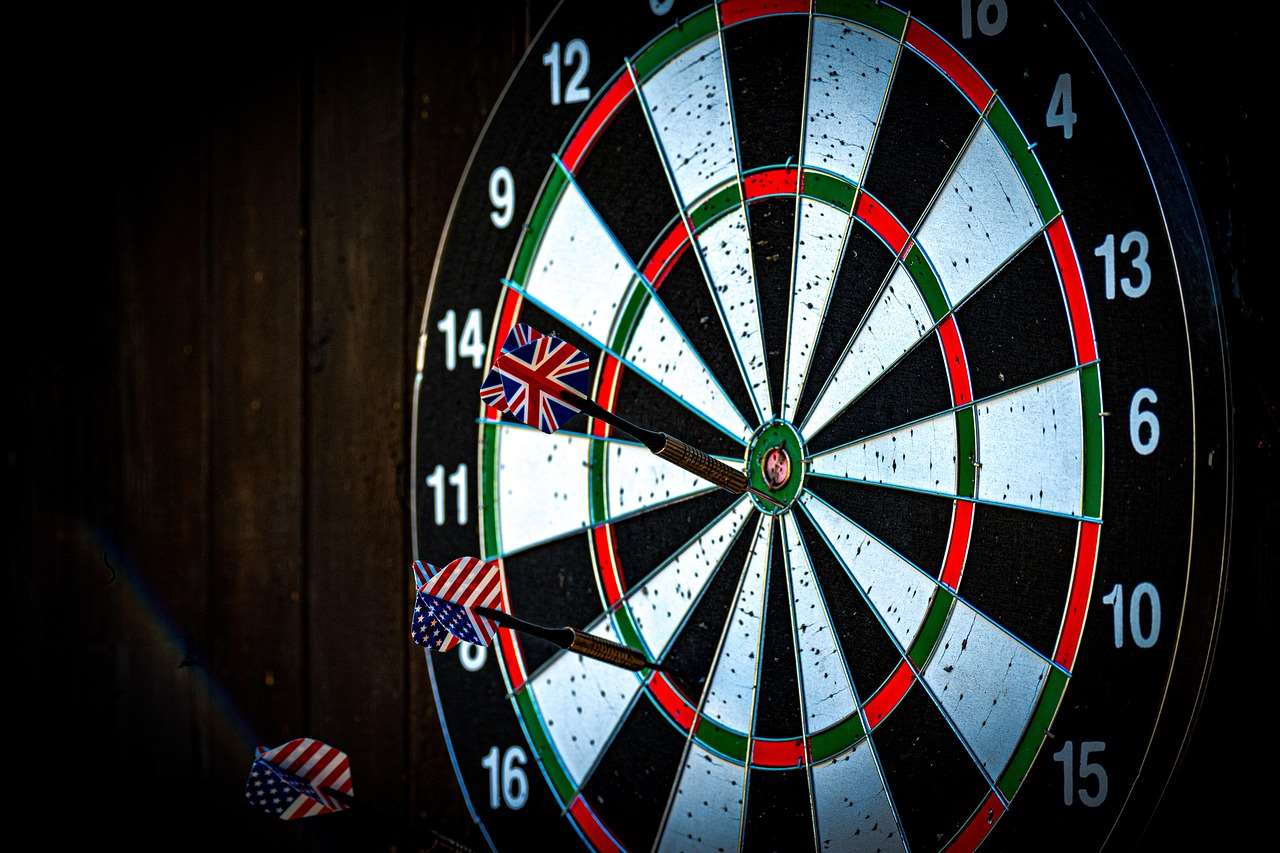
Disadvantages of Nickel Silver Darts
- Bulkier Profile: Compared to tungsten darts, nickel silver darts need to be thicker to achieve the same weight. This can affect grouping and reduce scoring potential for some players.
- Lower Density: Nickel silver is less dense than tungsten, meaning the barrels will be larger for the same weight.
- Wear and Tear: Over time, the finish on nickel silver darts can wear down, revealing the underlying copper alloy.
Nickel Silver Darts vs. Other Materials
To fully appreciate the Nickel Silver Darts History, it’s helpful to compare them to other common dart materials, especially brass and tungsten. Each material offers a unique blend of properties, affecting performance and price. Reading about Brass vs Tungsten Darts Comparison might be insightful for you.
Nickel Silver vs. Brass
Brass darts are generally the cheapest option. They are soft and prone to bending, but their low cost makes them accessible to everyone. Nickel silver darts offer a step up in terms of durability and aesthetics. While still affordable, they provide a more substantial feel and a longer lifespan than brass darts.
Nickel Silver vs. Tungsten
Tungsten darts are the premium choice for serious dart players. Tungsten’s high density allows for slimmer barrels, which can improve grouping and scoring. However, tungsten darts are significantly more expensive than nickel silver darts. The history of nickel silver darts showcases their position as a mid-range option, bridging the gap between budget-friendly brass and high-performance tungsten.
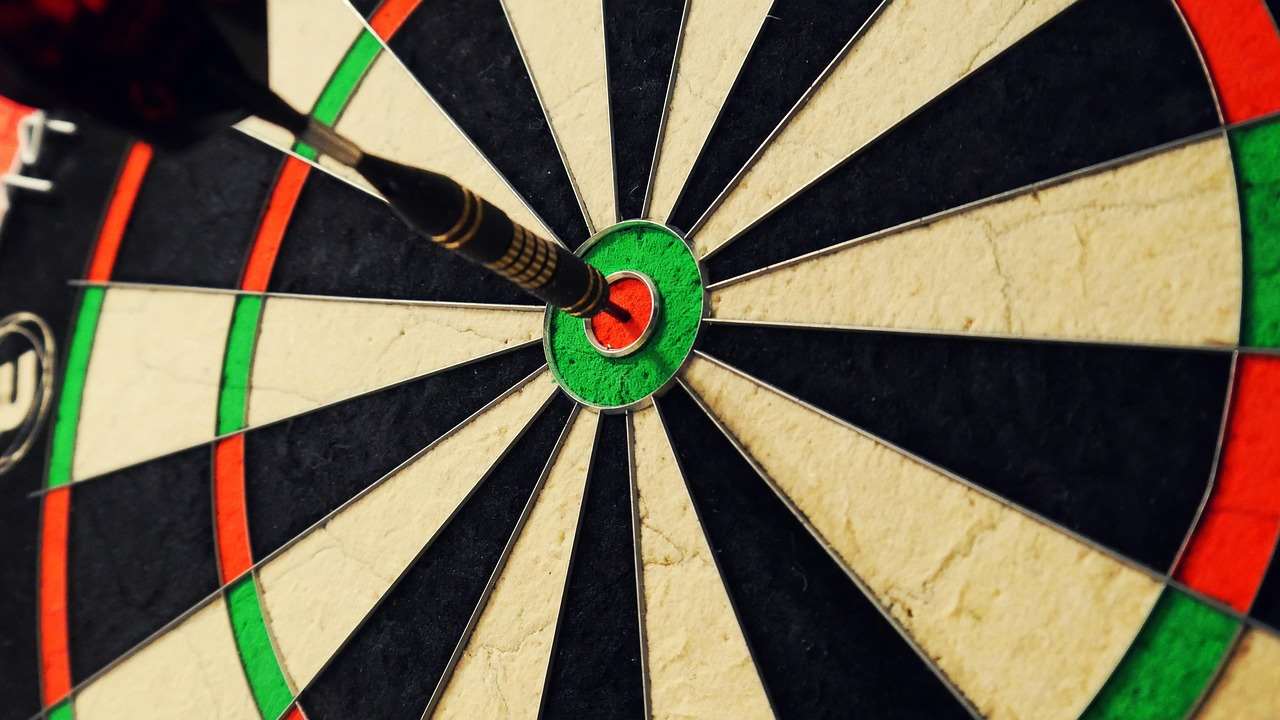
Tips for Choosing and Maintaining Nickel Silver Darts
If you decide that nickel silver darts are the right choice for you, here are some tips for selecting and maintaining them:
- Weight: Choose a weight that feels comfortable and balanced in your hand. Experiment with different weights to find what works best for your throwing style.
- Grip: Consider the grip pattern on the barrel. Some players prefer a knurled grip, while others prefer a smoother surface.
- Shape: Different barrel shapes can affect the dart’s trajectory and feel in your hand. Experiment with different shapes to find what you prefer.
- Maintenance: Clean your nickel silver darts regularly with a soft cloth to remove dirt and grime. This will help to maintain their appearance and grip.
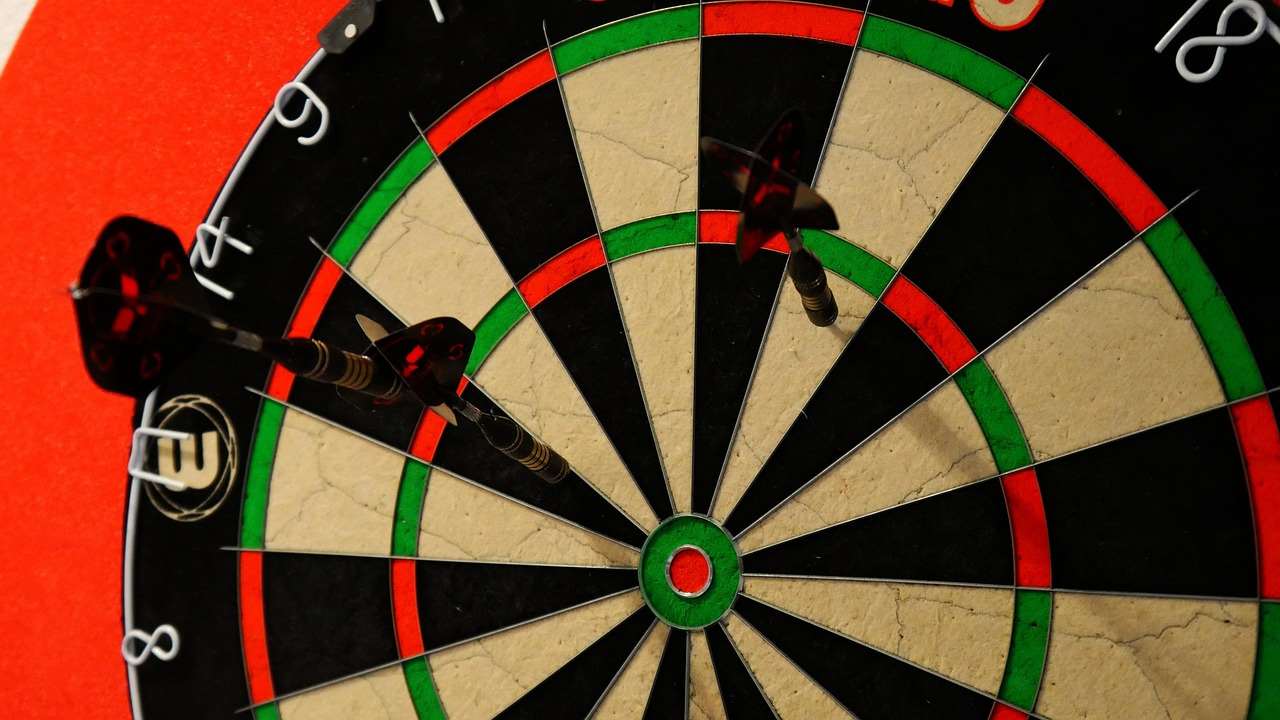
The Future of Nickel Silver Darts
While tungsten darts dominate the professional scene, nickel silver darts are likely to remain a popular choice for recreational players and beginners. Their affordability and durability make them a practical option for those who are just starting out or who don’t want to invest in expensive tungsten darts. The future of nickel silver darts seems secure as a reliable and accessible option within the broader darts market.
Conclusion: Nickel Silver Darts – A Timeless Classic
The Nickel Silver Darts History reflects a legacy of affordability and accessibility within the world of darts. While not the most technologically advanced material, nickel silver offers a solid balance of price, durability, and aesthetics, making it a suitable choice for casual players and beginners. Remember to consider your individual needs and budget when choosing the right darts for you. Ultimately, the best darts are the ones that feel most comfortable and allow you to play your best game. If you are curious, learn more about Nickel Silver Darts Full Info. Ready to upgrade your dart game? Explore different dart options and find the perfect set for you today!
Hi, I’m Dieter, and I created Dartcounter (Dartcounterapp.com). My motivation wasn’t being a darts expert – quite the opposite! When I first started playing, I loved the game but found keeping accurate scores and tracking stats difficult and distracting.
I figured I couldn’t be the only one struggling with this. So, I decided to build a solution: an easy-to-use application that everyone, no matter their experience level, could use to manage scoring effortlessly.
My goal for Dartcounter was simple: let the app handle the numbers – the scoring, the averages, the stats, even checkout suggestions – so players could focus purely on their throw and enjoying the game. It began as a way to solve my own beginner’s problem, and I’m thrilled it has grown into a helpful tool for the wider darts community.